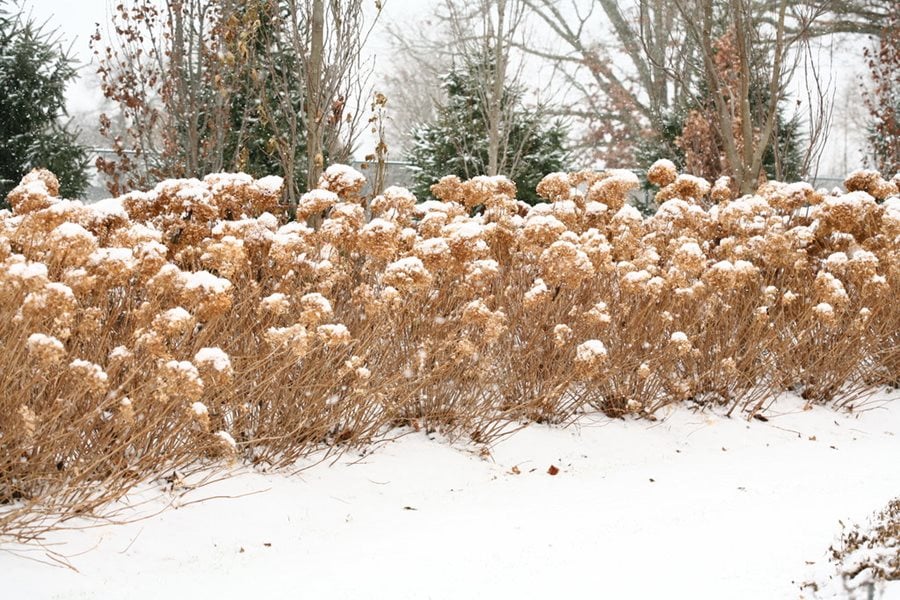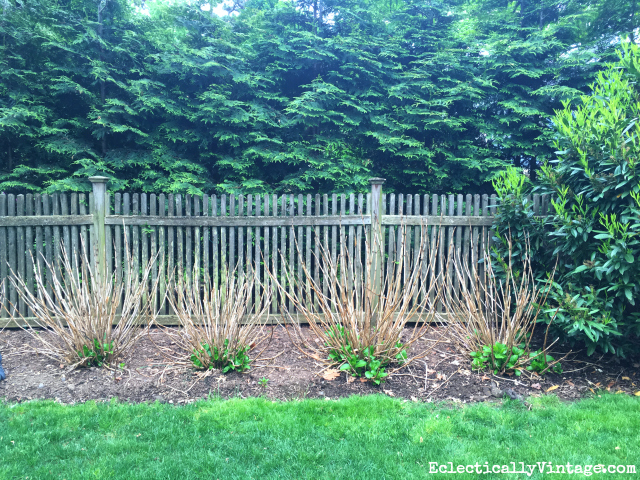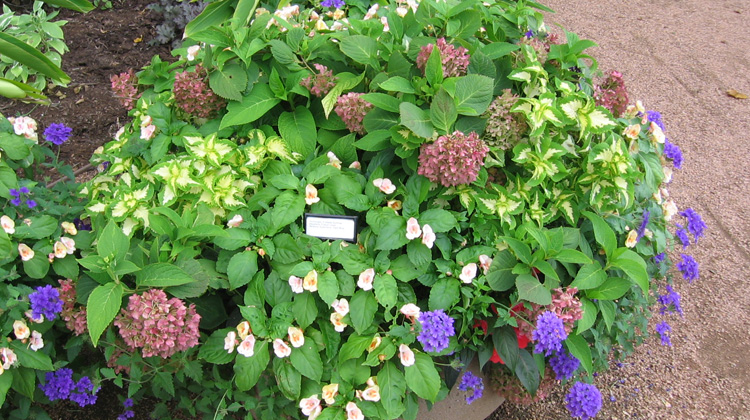How To Keep Your Hydrangeas Healthy And Beautiful
How to Keep Your Hydrangeas Healthy and Beautiful
Hydrangeas are one of the most popular flowering shrubs in the world, and for good reason. They come in a wide variety of colors, shapes, and sizes, and they can add a touch of beauty to any garden. But if you want your hydrangeas to thrive, you need to take good care of them.
In this blog post, we will discuss some of the most important things you need to do to keep your hydrangeas healthy and beautiful. We will cover topics such as:
- Choosing the right location for your hydrangeas
- Planting hydrangeas
- Watering hydrangeas
- Fertilizing hydrangeas
- Pruning hydrangeas
- Dealing with pests and diseases
- Changing the color of hydrangeas
Choosing the right location
The first step to keeping your hydrangeas healthy is to choose the right location for them. Hydrangeas prefer to be planted in full sun or partial shade. If you plant them in full sun, they will need to be watered more often. If you plant them in partial shade, they will need less water.
Hydrangeas also prefer to be planted in soil that is rich in organic matter. If your soil is sandy or clayey, you will need to amend it with compost or other organic matter before planting.
Planting hydrangeas
Once you have chosen the right location, you can plant your hydrangeas. The best time to plant hydrangeas is in the spring or fall. When planting, dig a hole that is twice as wide as the root ball of the hydrangea. Place the hydrangea in the hole and backfill with soil, tamping it down firmly. Water the hydrangea well.
Watering hydrangeas
Hydrangeas need regular watering, especially during the first year after planting. Once they are established, they will need less water. However, it is important to water them deeply when you do water them. This will help to encourage deep root growth.
Fertilizing hydrangeas
Hydrangeas should be fertilized once a year in the spring. Use a fertilizer that is high in phosphorus. You can also use a slow-release fertilizer.
Pruning hydrangeas
Hydrangeas should be pruned in the spring, just before new growth begins. Prune to remove dead, damaged, or diseased branches. You can also prune to shape the plant.
Dealing with pests and diseases
Hydrangeas are susceptible to a few pests and diseases. The most common pests are aphids, spider mites, and whiteflies. The most common diseases are leaf spot, powdery mildew, and root rot. If you see any signs of pests or diseases, treat them immediately.
Changing the color of hydrangeas
The color of hydrangea flowers is determined by the pH of the soil. In acidic soil, hydrangeas will bloom blue or lavender. In alkaline soil, they will bloom pink or red. If you want to change the color of your hydrangeas, you can adjust the pH of the soil.
To lower the pH of the soil, add garden sulfur or aluminum sulfate. To raise the pH of the soil, add lime.
Conclusion
Following these tips will help you keep your hydrangeas healthy and beautiful for many years to come. With a little care and attention, you can enjoy the beauty of these amazing flowers for years to come.
Hydrangeas are beautiful flowers that can add a touch of elegance to any garden. But what happens to hydrangeas in winter? Do they need special care?
If you're wondering how to care for your hydrangeas in winter, is a great resource. This website has a wealth of information on hydrangea care, including specific tips for winter.
For example, you'll learn how to protect your hydrangeas from cold weather, how to prune them in winter, and how to fertilize them. You'll also find information on different types of hydrangeas and how to choose the right one for your climate.
So if you're looking for more information on hydrangeas in winter, be sure to visit . This website is a great resource for all things hydrangea, and it's sure to help you keep your hydrangeas healthy and beautiful all year long.
FAQ of hydrangea in winter
1. How do I protect my hydrangeas from the winter cold?
Hydrangeas are relatively hardy plants, but they can be damaged by cold weather. To protect your hydrangeas from the winter cold, you can do the following:
- Water your hydrangeas well before the first frost. This will help to ensure that the roots are well-hydrated and able to withstand the cold.
- Mulch around your hydrangeas with a 2-3 inch layer of organic material, such as wood chips or bark. This will help to insulate the roots and prevent them from freezing.
- If you live in an area with very cold winters, you may want to consider wrapping your hydrangeas in burlap or another protective covering.
2. When should I prune my hydrangeas in the winter?
The best time to prune hydrangeas is in the fall, after the leaves have fallen but before the ground freezes. This will allow the plant to focus its energy on storing nutrients for the winter. If you prune your hydrangeas in the spring, you may reduce the number of flowers that it produces the following summer.
3. What should I do about dead or dying hydrangeas in the winter?
If you have dead or dying hydrangeas in the winter, it is important to remove them from the garden. This will help to prevent the spread of disease to other plants. You can either cut the dead stems down to the ground or remove the entire plant.
4. How do I fertilize my hydrangeas in the winter?
Fertilizing hydrangeas in the winter is not necessary. In fact, fertilizing them too late in the season can actually encourage new growth that is susceptible to winter damage. If you do want to fertilize your hydrangeas in the winter, use a slow-release fertilizer that will release nutrients over time.
5. What are some common pests and diseases that can affect hydrangeas in the winter?
Some common pests and diseases that can affect hydrangeas in the winter include:
- Scale: Scale insects can suck the sap from hydrangea leaves, causing them to wilt and die.
- Aphids: Aphids are small, soft-bodied insects that can also suck the sap from hydrangea leaves.
- Winter injury: Winter injury can occur when hydrangeas are exposed to prolonged periods of cold weather. This can cause the leaves to turn brown and the stems to die back.
Image of hydrangea in winter
- A close-up of a single hydrangea flower, its petals a deep pink color. The flower is surrounded by frost, which has given it a delicate, lacy appearance.

- A cluster of hydrangeas, their blooms a pale blue color. The flowers are covered in snow, which has created a stunning winter wonderland scene.

- A full shot of a hydrangea bush, its branches bare of leaves. The flowers are a deep purple color, and they stand out against the stark white of the snow.

- A hydrangea in a pot, its leaves turning a golden brown color in the winter. The flowers are a deep pink color, and they contrast beautifully with the leaves.

- A field of hydrangeas, their blooms a pale pink color. The flowers are covered in a light dusting of snow, which gives them a soft, ethereal appearance.

Post a Comment for "How To Keep Your Hydrangeas Healthy And Beautiful"